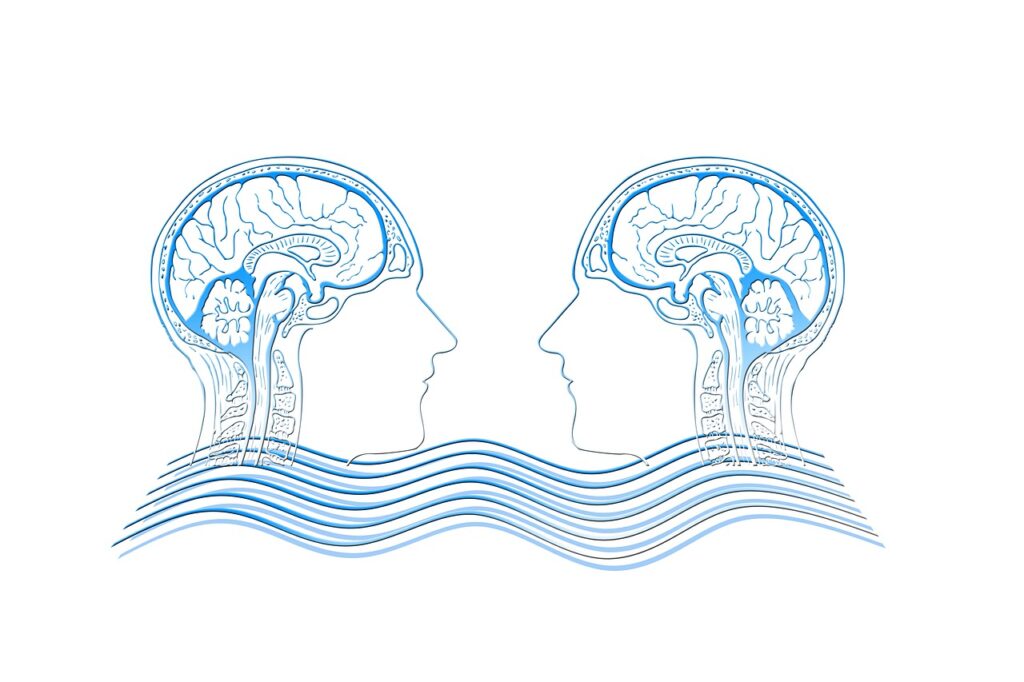Counter Transference
I had an interesting discussion with a colleague the other day. This colleague was talking about a client that he was having trouble liking. According to him, this client triggered an immediate dislike and aversion whenever they came into the office. So he asked me, “Ethically, what should I do if I don’t like a client?” In my most therapeutic way, I did not answer the question, instead, I responded with a question. “How do you feel about having a client you don’t like? What do you think is going on here?”
My colleague immediately began to talk about how he felt having a client he disliked. He spoke about the way the client presented, the issues the client talked about, and how angry and frustrated he was with this particular client. As he talked, I listened for patterns that might be a reflection of things I know about him and the issues he has in his own life. Interestingly, I did not hear any references to things going on in his life. These “things” would be what we therapists call countertransference. Counter-transference reflects the feelings that we have regarding our clients which are driven by issues in our own lives and histories. They can be positive or negative and they can attract us to a client or repulse us. We are all trained to be on the lookout for counter-transference. We are supposed to be aware of it because it will distort our ability to hear the client and understand what the client is talking about. When we are responding to counter-transference issues we hear our own agendas, needs, or fantasies. When we interact with the client from the perspective of our own counter-transference, we are working on our own issues and not listening to the client and intervening in ways that will be helpful to the client. This is something that is an ongoing awareness for all therapists. We are human and we have to learn how to predict, identify and respond to our counter-transference reactions, so that we can learn to avoid or repress them enough that we can ethically and honestly focus on the client, and experience them accurately.
As a therapist, how do I know if my reaction is a counter-transference reaction? What is happening if I don’t like a client? What does it mean if I have a strong emotional response (either negative or positive) which is not typical for me? How can I learn to recognize and avoid these kinds of circumstances? In my own practice, I generally know by the intensity of my feelings. I know because the situation will be unique for me. It will only happen with this client not with the others I see on the same day of the week. It will happen consistently with this client and it will be in all caps for me. Generally, I am in a consistent emotional rhythm when I am doing therapy. I am focused on my client, their story, and their situation. I do not have strong emotional swings or reactions. I do not fall asleep, focus on being hungry, I am not angry or scared or titillated. I am in “the zone.” Counter Transference for me is something that knocks me out of that zone. I find that I am reacting or behaving in a way that is atypical for me and I have to find out why. If it only happens a time or two, if it is irregular and inconsistent, then it is usually not important. What is important is if it happens regularly with a given client. If it is frequent, intense, and atypical, then it is a problem. Then it is a message to me, about me, and not about my client. The reality of countertransference is important and cannot be ignored by the therapist when it happens. If I am having a counter-transference reaction to my client, I need to resolve it with my supervisor or my own therapist in order to not have it interfere with my client’s therapy.
The good news is that most of the time it is not countertransference. Most of the time it is a message from the client that the therapist needs to hear and understand. What the therapist needs to do with the reaction they are having is to identify it and put it out there for discussion. One of the most important jobs of the therapist is to model appropriate communication skills and to not be afraid of appropriate conflict modeling. As my colleague talked about the client with whom he was having such a strong reaction, what became clear was that the client was sending conflicted and convoluted messages. The inconsistency, or dishonesty, was what was bothering the therapist. The message the client gave verbally was not the message they gave nonverbally. The non-verbal message of the client was very flamboyant. It was loud and bordered on obnoxious. The message they gave verbally was very intelligent, very curious, very thoughtful, and perceptive. It was the disconnect between the visible statement and the verbal statement that was so disconcerting for my colleague.
As I questioned my colleague about his awareness of what was bothering him was to encourage him to talk to the client about his sense of the disconnect. What I recommended was for him to very gently say to the client: “I am having a problem understanding something. Can I talk to you about it? It is probably all me, but I just have to ask.” The point I was making is that the therapist always has to offer the message that the issue is his, that the problem may be about him, and that he is certainly open to hearing that he is the one with a problem or misunderstanding. A good therapist will never assault the client or attack them in the way a critical parent does. So what has to happen is that the therapist has to, in a very gentle and honest way, say I am getting two different messages. It might be presented in the following way: The contrasting messages I am getting are causing me to not be able to see the real you because they are in such conflict with each other. Can you help me see what I need to see and not be distracted by whatever it is that is causing my distraction? Can I ask if you are aware of my distraction? Are you doing something to deliberately cause it? Do others get distracted in the same way? Have you ever heard this before? If you have, is it an intentional thing you do so that you can hide in plain sight while people see an image that you have projected? Are you aware of it? Do you do it on purpose? What is your payoff for doing it?
If the client is aware of this issue, or if they have been challenged on this point before, they are usually very glad to be able to talk about it. If they are not aware of it, they may feel hurt, confused or even attacked. It is extremely important for the therapist to gently guide the conversation so that the client does not feel attacked or judged. At this point, the therapist cannot become the critical parent who will put the client down. A trust has to be developed before this kind of confrontation. When the trust exists, it is possible to reflect to the client that they are sending messages that others see which they may not know they are sending and may not want to send. If they once accept this, then a discussion can begin to examine the causes and the payoffs for these behaviors and projections. This is sometimes the best and strongest and most helpful therapy that can happen. Transference* and countertransference are two of the most important message channels in therapy. The clinician who is skilled at recognizing each channel and knows how to deal with the information and the process will be a very successful and helpful clinician. If you are a therapist, work on learning how to do this. If you are a client, make sure you find a therapist who is not conflict avoidant, who is willing to challenge the social taboo of not saying anything that would be perceived as “attacking” in order to have an honest conversation about the way they experience you. If you form a team to examine your projected images and your public messages in comparison to your internal self it will be very beneficial for solving the issues which bring you to therapy.
*Transference occurs when the client projects a feeling onto the therapist. This will be the subject of another blog at another time.



